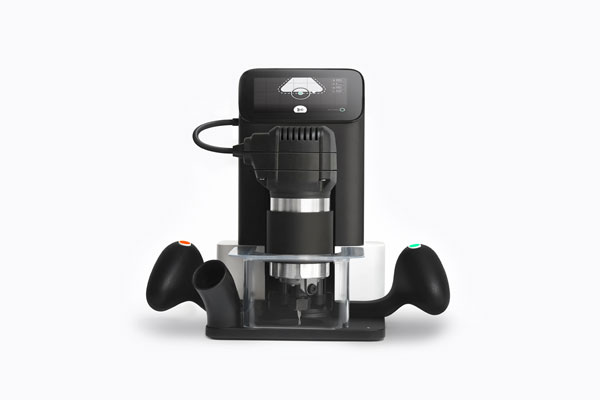
Who We Are
The Shaper team is an eclectic mix of experts with backgrounds in robotics, woodworking, film, consumer electronics, computer vision, and design. Having worked at Apple, Amazon, Google, Frog Design, Tesla, and the MIT Media Lab, our interdisciplinary team has considerable experience bringing products to market. We share a common mission of wanting to empower people to build things better than they ever thought possible. When we’re not designing and building the future of power tools, you’ll find us using Shaper Origin to make our furniture, to equip our garages, to expedite our product mock-ups, and to make gifts for our loved ones. Want to join us? We’re hiring!
Contact Us

















